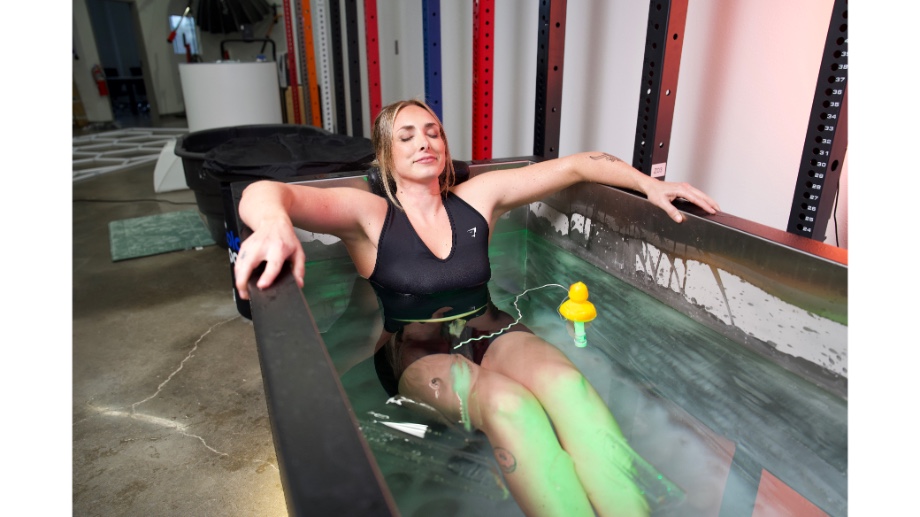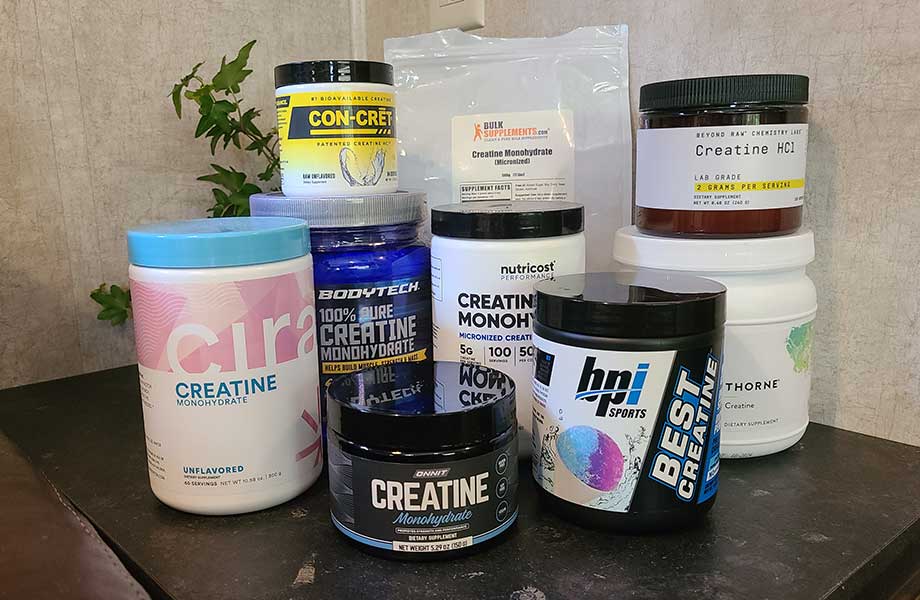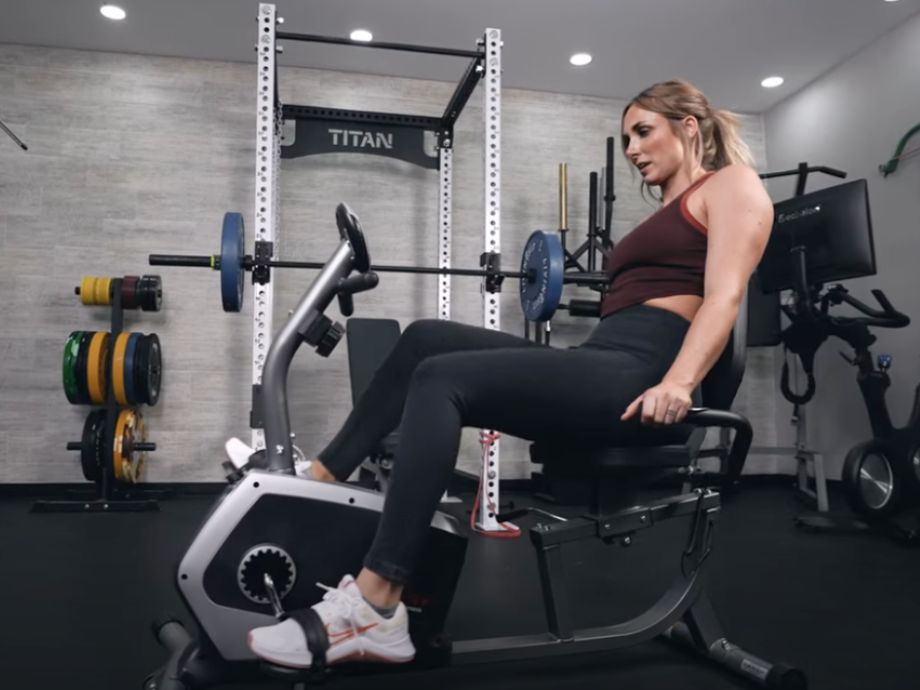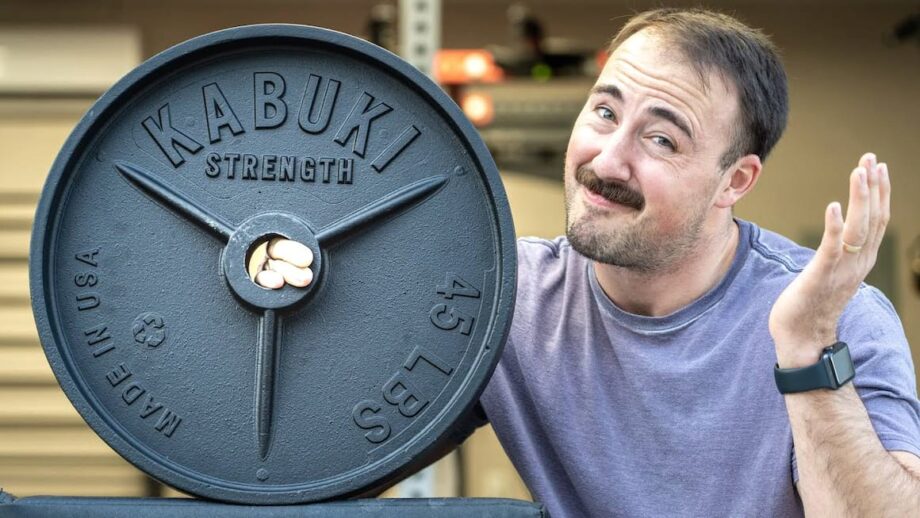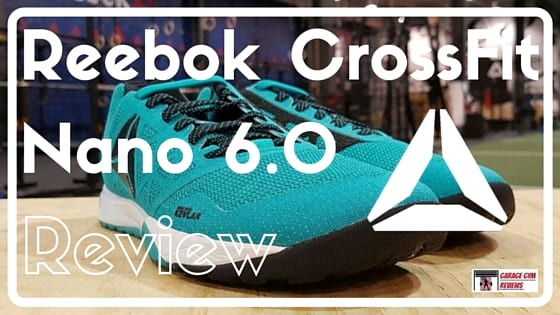You’ve probably seen the recent fitness trend on social media of taking ice-cold baths or dunking themselves on cold plunges for sweet recovery gains. Amongst others, ice bath benefits include the potential to reduce pain and inflammation after exercise1 (but research on this is ongoing).
That said, cold plunges aren’t the only way to use water to help reduce pain and stiffness. Hydrotherapy—a general term for the practice of using water in its various forms (liquid, ice, steam, vapor, and more) and at varying temperatures—treatments may achieve similar results, and then some. As you’ve likely guessed, ice baths are just one form of hydrotherapy.
I’ll start this guide by defining hydrotherapy and describing six different types. Then, I’ll share five hydrotherapy benefits before describing the possible risks. To finish, I’ll then give my opinion as a certified personal trainer (CPT) on who hydrotherapy works best for.
Let’s tread water!
Editor’s Note and Medical Disclaimer: This article is intended for educational and informational purposes only. It is not intended as a substitute for medical advice.
What Is Hydrotherapy?
Hydrotherapy—as the name suggests—uses water to reduce pain or stiffness or help treat or alleviate certain medical conditions. You’ll see the different types of hydrotherapy below, but for now, it’s worth noting that the water can be in various forms (liquid, ice, steam, vapor, and more) and can be ice cold, boiling, or anywhere in between.
RELATED: What Is Hydrotherapy?
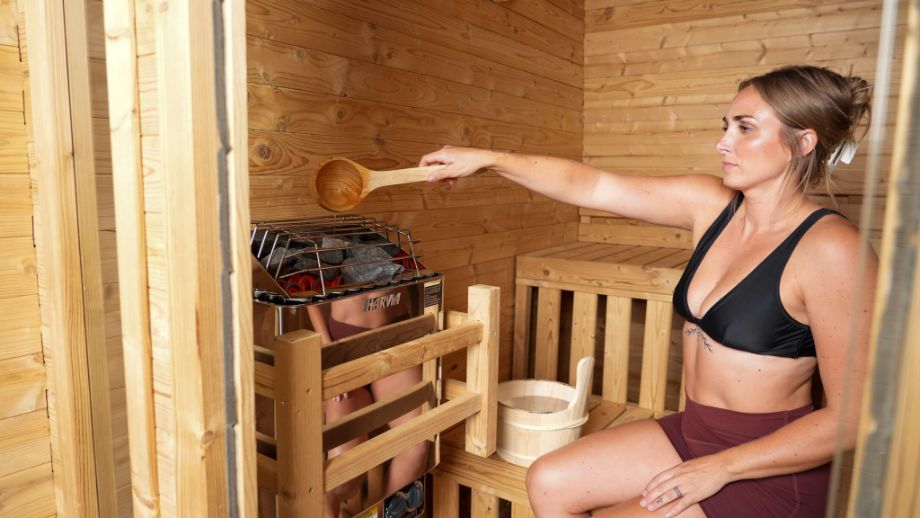
In the fitness scene, hydrotherapy is often used for post-workout recovery to lower delayed-onset muscle soreness (DOMS). In fact, a 2012 European Journal of Applied Physiology2 study found that “the beneficial effects on perceptions of recovery support the use of these recovery strategies.”
Other names for hydrotherapy include aquatic therapy, water therapy, and hydropathy.
Types of Hydrotherapy
Now that you know what hydrotherapy is, below are seven popular types:
- Cold water immersion: Using one of the best cold plunge tubs or a pool designed for this purpose, you immerse yourself in ice water for anywhere between five and 15 minutes. To learn more, check out our complete guide on cold plunge benefits.
- Hot water immersion: If you don’t like the cold, don’t stress—you can immerse yourself in warm water instead. Hot tub water temperature is usually between 100 and 104 degrees Fahrenheit, and some include jets or additional massage features.
- Balneotherapy: Balneotherapy is also considered an ancient practice that involves soaking in mineral-rich water or a mud bath. It’s used for treating skin conditions like psoriasis and dermatitis3 in addition to recovery.
- Sauna: Although saunas generally produce a dry heat, they do have some humidity. In some saunas, you can even pour additional water over the hot rocks to increase humidity levels. Sauna sessions typically last anywhere between five and 20 minutes.
- Steam room: Our steam room vs sauna guide explains this in more detail, but steam rooms tend to be cooler than saunas (between 100 and 120 degrees Fahrenheit) but with 100% humidity.
- Wraps or compresses: Have you ever wrapped or compressed an area of your body with hot or cold water for pain relief? Or even ice? I have—many times! Although you may not think so immediately, this is another type of hydrotherapy.
- Aquatic exercise: Low-impact, aquatic exercise is a form of hydrotherapy. Not only does this improve cardiovascular health, but a 2022 Healthcare (Basel)4 systematic review found that “for patients with osteoarthritis, aquatic-exercise-based interventions are effective for reducing pain and joint dysfunction and improving quality of life.”
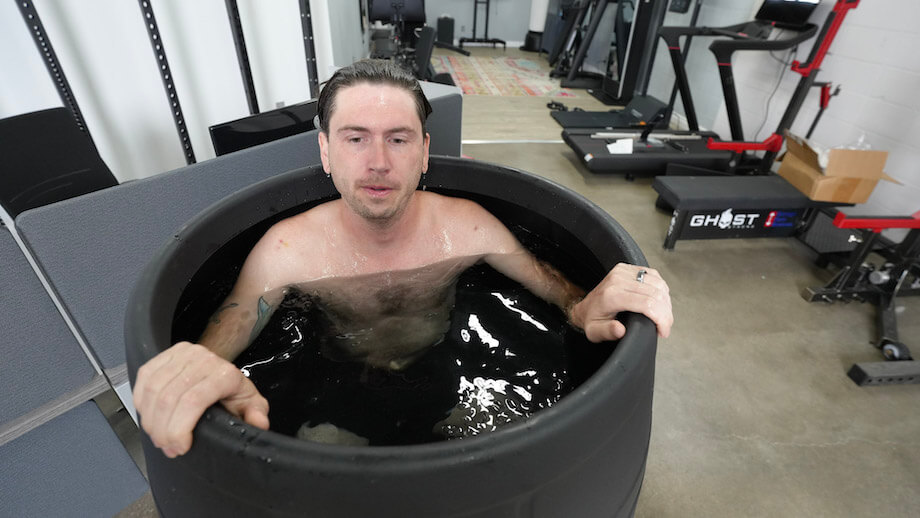
Benefits of Hydrotherapy
Why should you consider hydrotherapy in the first place? Health benefits include better pain management, improved mental well-being, increased blood flow, a boosted immune system, and support with weight loss. Let’s dive in further:
1. May Help With Pain Management
In the fitness scene, hydrotherapy may reduce delayed onset muscle soreness (DOMS). However, there’s more to this. Hydrotherapy may be suggested to help lessen muscle and joint pain for health conditions such as rheumatoid arthritis5. Hydrotherapy has also been studied6 for its effects on fibromyalgia, cerebral palsy, multiple sclerosis (MS), and Parkinson’s disease. Aquatic therapy, in particular, has seen positive results in helping reduce chronic back pain7.
It’s important to add that hydrotherapy sessions are only there for short-term pain relief, and you’ll need to continue physical therapy or physiotherapy sessions if this is what has been advised by your doctor.
2. May Help Improve Your Mental Health
Hydrotherapy may help you relax more, stress less, and sleep better. All of these factors help to improve your mental health. If you’ve ever taken a hot bath or shower just before bed8, you know what I mean when it comes to better sleep. When you expose yourself to water—whether hot or cold—your body releases endorphins, aka the natural chemicals that promote pleasure and well-being.
3. Helps Increase Blood Flow
With better blood flow and circulation, oxygen and important nutrients are more efficiently delivered to your body’s tissues. That’s a benefit you get when you do hydrotherapy consistently. Further, a 2015 Medicine and Science in Sports and Exercise9 randomized controlled trial found that “water-based exercise augments cerebral blood flow, relative to land-based exercise of similar intensity, in healthy humans.”
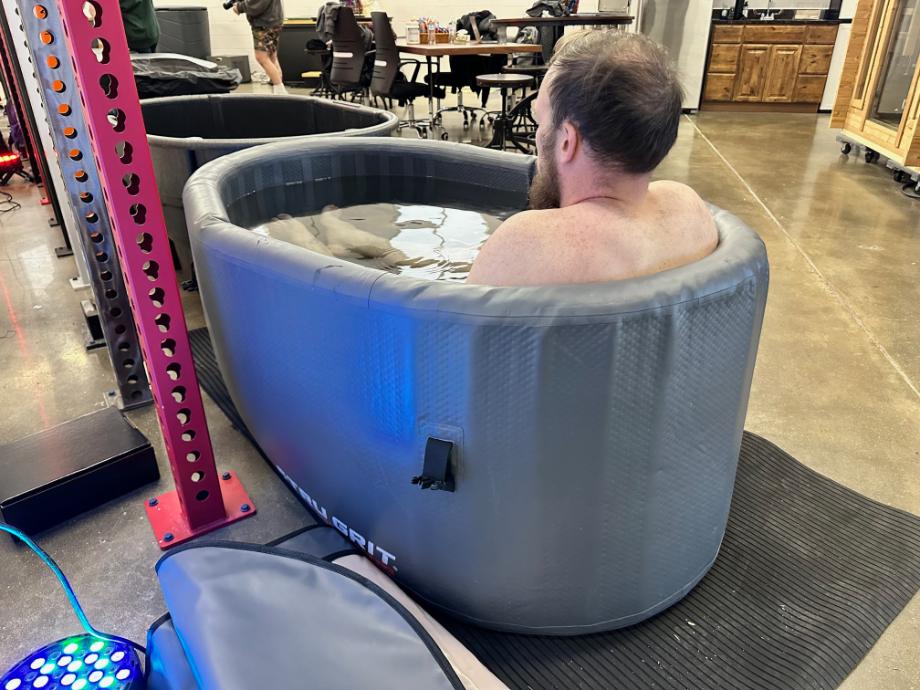
4. May Help Boost Your Immune System
A European Journal of Applied Physiology and Occupational Physiology10 study found that regular cold water immersion “Increased metabolic rate due to shivering the elevated blood concentrations of catecholamines, activating the immune system to a slight extent.” The same principle applies when you go from room temperature to a hot temperature and then back down again. A boosted immune system means you get ill less frequently and recover faster.
5. May Help Support Weight Loss
If your fitness goal is to lose weight, there’s nothing more important than regular exercise and being in a calorie deficit. However, a 2019 BioMed Research International11 study found that sitting in a sauna burns more calories than sitting at room temperature. Cold water exposure also increases energy expenditure, helping to support weight loss. Hydrotherapy in the form of water aerobics may also support weight loss as the pool adds extra resistance to your exercises.
RELATED: Benefits of Water Aerobics
Possible Hydrotherapy Risks
As with most things, there are some potential drawbacks associated with hydrotherapy. Before you wade into the deep end, make yourself aware of the following risks:
1. Risk Of Dehydration
Although you can get dehydrated when exposed to cold water, the chances increase when the water is warmer. As the temperature rises, your body starts to sweat more. Make sure you’re drinking plenty of water when doing hydrotherapy, and consider adding the best electrolyte powder to promote hydration.
2. Risk of Falling Or Slipping
When you’re around water, there’s a higher chance of falling or slipping than when you’re not. This is especially true when you get in and out of a cold plunge tub or hot tub. If you’re dehydrated (see above), your chances of falling or slipping are even greater because you’re likely to be imbalanced. Take extra care to avoid injuries.

3. Risk of Burns Or Hypothermia
If you expose yourself to hot water for a prolonged time, you can get scalded or burned. The other extreme—cold water for long periods—is the risk of hypothermia, resulting in shivering, drowsiness, disorientation, or worse. If you’re new to hydrotherapy, start small and gradually build up your tolerance to cold and hot temperatures.
4. Risk of Worsening Health Conditions
mentioned above that hydrotherapy may be used to help to reduce joint and muscle pain. However, everyone is different, and what works for one person may not work for another. For example, if the water is too hot, your heart rate and blood pressure may increase to unsafe levels—so you may need to choose a different form of hydrotherapy instead. There are plenty of hydrotherapy options, so try not to be discouraged if the first one doesn’t take.
Who Should Try Hydrotherapy?
Technically, anyone can try hydrotherapy because improving your mental health, increasing your blood flow, and boosting your immune system is beneficial to all. If you do any form of physical activity including strength training and endurance exercise, hydrotherapy may give you the added benefit of reducing your delayed-onset muscle soreness (DOMS).
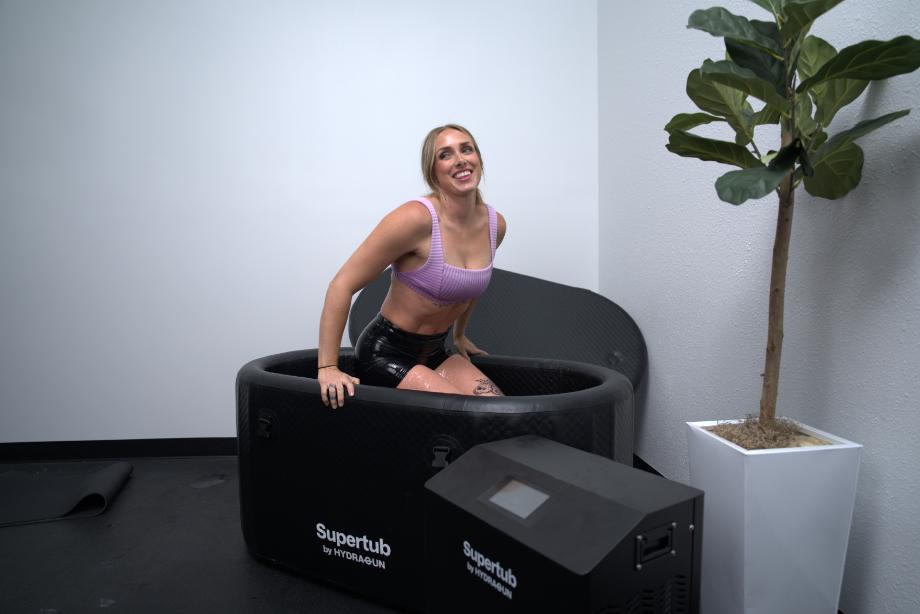
You may also find yourself interested in trying hydrotherapy as a means of pain management, especially if dealing with chronic pain. Of course, consult with your physical therapist first.
Everyone is different—some may love hydrotherapy, while others won’t. Either way, try it to see if it’s right for your needs and goals.
Hydrotherapy Benefits: Final Thoughts
To sum it all up, the benefits of hydrotherapy include:
- Pain management
- Improved mental health
- Increased blood flow
- A (potentially) boosted immune system
- Weight loss support
There are also many types of hydrotherapy, including cold water immersion, hot water immersion, saunas, steam rooms, wraps or compresses, balneotherapy, and aquatic exercise.
When performing hydrotherapy, make sure that you drink plenty of water, take care to avoid slips and falls, and choose the right form of hydrotherapy for your needs. And finally, start small and build up gradually if you’re new to hydrotherapy.
Hydrotherapy Benefits: FAQs
How does hydrotherapy promote healing?
Hydrotherapy promotes healing in many ways. First, it may help to reduce stress levels and improve mental health. A 2023 Biology (Basel)12 study concurs, finding that “participants felt more active, alert, attentive, proud, and inspired and less distressed and nervous after having a cold-water bath.”
If you have certain health conditions, hydrotherapy may help reduce joint and muscle pain. This is because warm water relaxes your muscles. Additionally, hydrostatic pressure—which is the pressure exerted on your body by the water—reduces inflammation and swelling. Due to the buoyancy of water, there’s also less stress on your joints, allowing you a wider range of motion.
Does hydrotherapy burn fat?
Hydrotherapy doesn’t directly burn fat, but may help. Studies have found11 that sitting in a sauna burns more calories than sitting at room temperature for the same amount of time. If your goal is weight loss, you’ll need to perform regular exercise and maintain a calorie deficit. Hydrotherapy can help to an extent, but it definitely isn’t a magic weight loss solution.
What should you expect after hydrotherapy?
After only a few hydrotherapy sessions, you shouldn’t expect much because it takes time to see the long-term benefits of hydrotherapy. You may feel less stressed and sleep better at night, but that’s about all.
If you decide to do hydrotherapy over a longer period, this is where the real benefits come in. You may experience a boosted immune system, increased blood flow and circulation around your body, improved mental health, and better pain management.
References
- Bouzigon R, Dupuy O, Tiemessen I, De Nardi M, Bernard JP, Mihailovic T, Theurot D, Miller ED, Lombardi G, Dugué BM. Cryostimulation for Post-exercise Recovery in Athletes: A Consensus and Position Paper. Front Sports Act Living. 2021 Nov 24;3:688828. doi: 10.3389/fspor.2021.688828. PMID: 34901847; PMCID: PMC8652002.
- Stanley J, Buchheit M, Peake JM. The effect of post-exercise hydrotherapy on subsequent exercise performance and heart rate variability. Eur J Appl Physiol. 2012 Mar;112(3):951-61. doi: 10.1007/s00421-011-2052-7. Epub 2011 Jun 28. PMID: 21710292.
- Matz H, Orion E, Wolf R. Balneotherapy in dermatology. Dermatol Ther. 2003;16(2):132-40. doi: 10.1046/j.1529-8019.2003.01622.x. PMID: 12919115.
- Song JA, Oh JW. Effects of Aquatic Exercises for Patients with Osteoarthritis: Systematic Review with Meta-Analysis. Healthcare (Basel). 2022 Mar 16;10(3):560. doi: 10.3390/healthcare10030560. PMID: 35327038; PMCID: PMC8955208.
- Al-Qubaeissy KY, Fatoye FA, Goodwin PC, Yohannes AM. The effectiveness of hydrotherapy in the management of rheumatoid arthritis: a systematic review. Musculoskeletal Care. 2013 Mar;11(1):3-18. doi: 10.1002/msc.1028. Epub 2012 Jul 16. PMID: 22806987.
- Mooventhan A, Nivethitha L. Scientific evidence-based effects of hydrotherapy on various systems of the body. N Am J Med Sci. 2014 May;6(5):199-209. doi: 10.4103/1947-2714.132935. PMID: 24926444; PMCID: PMC4049052.
- Ma J, Zhang T, He Y, Li X, Chen H, Zhao Q. Effect of aquatic physical therapy on chronic low back pain: a systematic review and meta-analysis. BMC Musculoskelet Disord. 2022 Dec 2;23(1):1050. doi: 10.1186/s12891-022-05981-8. PMID: 36460993; PMCID: PMC9717486.
- Haghayegh S, Khoshnevis S, Smolensky MH, Diller KR, Castriotta RJ. Before-bedtime passive body heating by warm shower or bath to improve sleep: A systematic review and meta-analysis. Sleep Med Rev. 2019 Aug;46:124-135. doi: 10.1016/j.smrv.2019.04.008. Epub 2019 Apr 19. PMID: 31102877.
- Pugh CJ, Sprung VS, Ono K, Spence AL, Thijssen DH, Carter HH, Green DJ. The effect of water immersion during exercise on cerebral blood flow. Med Sci Sports Exerc. 2015 Feb;47(2):299-306. doi: 10.1249/MSS.0000000000000422. PMID: 24977699.
- Janský L, Pospísilová D, Honzová S, Ulicný B, Srámek P, Zeman V, Kamínková J. Immune system of cold-exposed and cold-adapted humans. Eur J Appl Physiol Occup Physiol. 1996;72(5-6):445-50. doi: 10.1007/BF00242274. PMID: 8925815.
- Podstawski R, Borysławski K, Clark CCT, Choszcz D, Finn KJ, Gronek P. Correlations between Repeated Use of Dry Sauna for 4 x 10 Minutes, Physiological Parameters, Anthropometric Features, and Body Composition in Young Sedentary and Overweight Men: Health Implications. Biomed Res Int. 2019 Jan 21;2019:7535140. doi: 10.1155/2019/7535140. PMID: 30800676; PMCID: PMC6360547.
- Yankouskaya A, Williamson R, Stacey C, Totman JJ, Massey H. Short-Term Head-Out Whole-Body Cold-Water Immersion Facilitates Positive Affect and Increases Interaction between Large-Scale Brain Networks. Biology (Basel). 2023 Jan 29;12(2):211. doi: 10.3390/biology12020211. PMID: 36829490; PMCID: PMC9953392.



